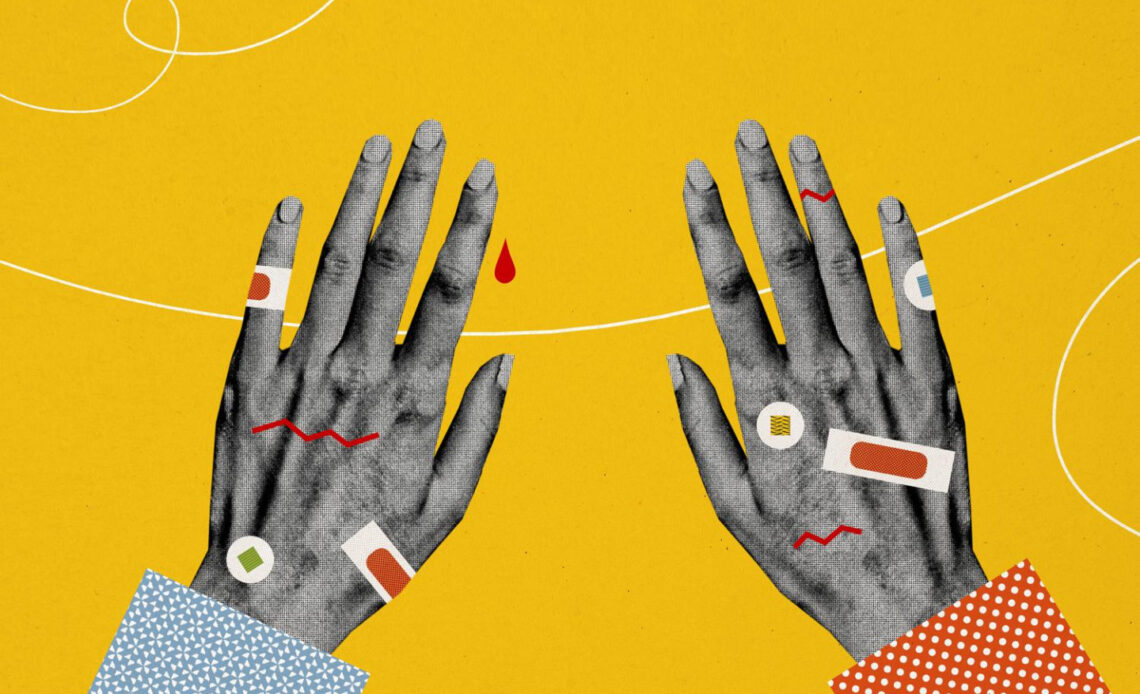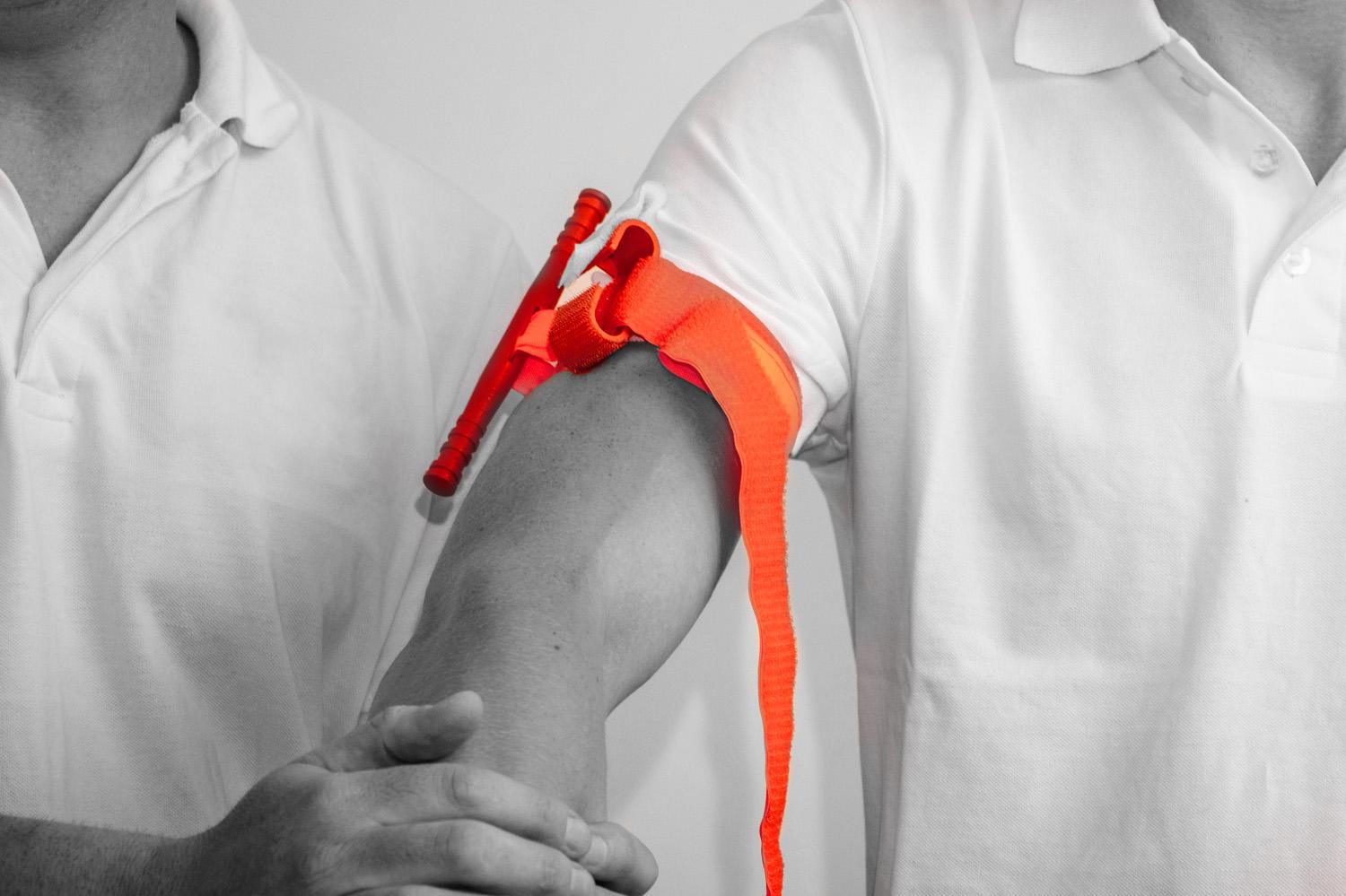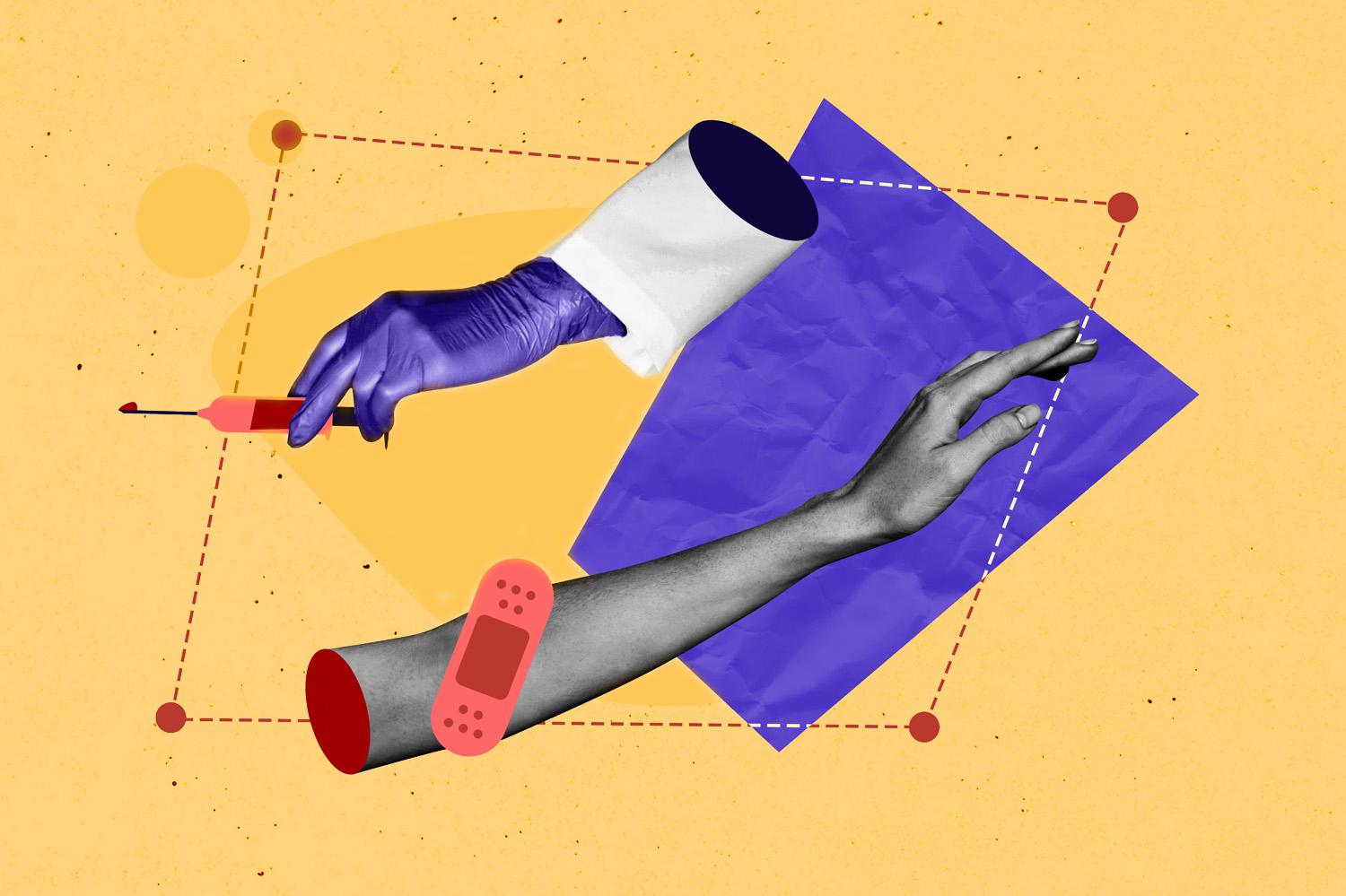
True, there are some cases when blood clots poorly – for example, due to illness. Then it is necessary to contact a doctor.
Together with experts, we will find out what types of bleeding there are, how they differ, and how to provide first aid.
- Causes
- Kinds
- First aid
Marina Berezhnaya, MD, PhD, general practitioner, head of the emergency and urgent care department of the European Medical Center (EMC);
Press service of the European Red Cross.
Causes of bleeding
The cause of bleeding is a rupture or disruption of the integrity of a blood vessel through which blood normally circulates. This can happen for various reasons. For example, in the kitchen while cooking, you can cut your finger with a knife, and then blood will flow. This type of bleeding is called external. If the bleeding is not noticeable externally, then it is internal (it can be hidden or open). In these cases, blood can enter the intestines, stomach, abdominal cavity or joint cavity. (1).
The causes of bleeding are individual in each case, but most often they are caused by (1), (2):
- mechanical injuries, wounds;
- vascular wall defects;
- inflammations of various kinds, including decaying tumors;
- sepsis, intoxication;
- surgical interventions;
- postpartum period;
- chronic diseases of internal organs.
According to the time of development of bleeding, they are divided depending on the volume of circulating blood loss per hour. (3):
- acute: loss more than 7%;
- subacute: loss 5-7%;
- chronic: loss less than 4-5%.

Types of bleeding
There are several types of bleeding depending on the damaged vessels. (4), (5).
Capillary bleeding
Associated with damage to small capillaries. It is provoked by bruises, abrasions and small scratches and increased pressure in the vessels. In the latter case, a petechial rash appears on the skin (6) In most cases, capillary bleeding does not pose a threat and stops fairly quickly.
Venous bleeding
It starts with damage to the veins that carry blood from the organs and tissues to the heart under lower pressure. It is characterized by a constant and slow flow of blood, without pulsation. Another characteristic feature is the color of the blood, it becomes dark cherry. Sometimes venous bleeding can be life-threatening. For example, if it is intense due to damage to large veins or increased intravenous pressure. It can also cause air embolism in case of defects in the vena cava due to inhalation, accompanied by the appearance of negative pressure in the chest. (3).
Arterial bleeding
The main cause is damage to the arteries that carry oxygen-rich blood under high pressure from the heart to the rest of the body. It is characterized by bright red blood that literally gushes out in a fountain or stream with each heartbeat. Arterial bleeding requires immediate assistance. It rarely stops on its own, and with acute and rapid blood loss, the risk of death is high.
Mixed bleeding
These are bleedings that occur from all types of vessels at once. For example, this can be caused by the rupture or amputation of limbs. The greatest threat in mixed bleeding is the outpouring of arterial blood.
How to Stop Bleeding: First Aid for Bleeding

The human body has a hemostasis system, that is, a coagulation system, says a representative of the European Red Cross. It consists of platelets – blood cells from which a thrombus is formed, and special substances that facilitate the formation of a thrombus. Thanks to it, the blood can stop on its own.
When providing first aid for bleeding, use (7):
- pressure bandage;
- pressing the artery with fingers;
- direct pressure on the wound;
- flexion of limbs;
- application of a tourniquet.
Capillary bleeding
A person experiences capillary bleeding when they hit themselves or accidentally cut themselves, and abrasions, cuts and scratches form on the skin, the European Red Cross says. According to experts, such bleeding is not life-threatening, because the blood flows slowly and without pulsation. “It is enough to cover the wound with a clean cloth or bandage and press lightly for 10 minutes,” the specialists advise.
How to stop capillary bleeding:
- With capillary bleeding, the skin injury is likely to be minor and superficial. Blood may flow out (or appear as if slightly seeping) in small amounts and slowly.
- Treat the area around the wound and the abrasion with an antiseptic solution; if necessary, raise the limb above the level of the body.
- Apply a plaster or wrap the wound tightly with a bandage or clean napkin.
Venous bleeding
Venous bleeding can be stopped by applying direct pressure to the wound and applying a pressure bandage, say experts from the European Red Cross. The wound should be washed first to prevent infection.
How to stop venous bleeding:
- Examine the wound. Venous blood will be dark in color, may flow abundantly, but slowly, without a forceful stream or pulsations.
- Treat the surrounding skin with an antiseptic and also wash your hands to avoid infection when providing assistance.
- Apply a pressure bandage with gauze on the wound.
- Place several layers of cotton wool on top of it and bandage it tightly.
- If your limbs are injured, raise them above the level of your torso.
- If the bleeding does not stop and the wound is extensive, call an ambulance or go to the nearest medical facility yourself.
In any type of bleeding, first examine the wound and, if possible, remove foreign bodies, scraps of clothing and dirt from the surface. It is forbidden to remove fragments or bone remains that have penetrated deep into the wound; this should be done by doctors. (8).
Arterial bleeding
One of the most difficult and dangerous. Even before providing first aid, call the doctors or send the victim to the hospital immediately after. This must be done even if the bleeding has stopped or the intensity of bleeding has slowed down.
Stopping arterial bleeding with finger pressure
Digital arterial pressure is a method of stopping or slowing arterial bleeding, in which the vessel is pressed against the bone with the hands. Press with four fingers or one thumb. The pressure should be sufficiently strong, since arterial bleeding is very strong. For pressure, one of the points located between the heart and the wound is selected (9), (10):
- temporal (squeezed slightly forward from the upper edge of the ear, cannot be used in case of skull fracture);
- jaw (force is applied to the anterior edge of the chewing muscle);
- subclavian (press on the fossa above the collarbone to the first rib);
- common carotid (pressed against the transverse processes of the cervical vertebrae);
- shoulder (need to squeeze between the biceps and triceps in the middle third of the shoulder);
- axillary (you need to touch the bone in the armpit);
- femoral (pressed below the inguinal fold);
- popliteal (pressed with a fist in the middle of the popliteal fossa).
Finger pressure is applied before applying a tourniquet. For this, you can use a standard tourniquet from the first aid kit or an improvised one. Be sure to write down the time when you applied the bandage. According to the rules, the tourniquet is kept for no more than an hour.
How to apply a tourniquet

Why the bleeding does not stop
If blood coagulation factors are disrupted, bleeding may be prolonged and not stop with conservative methods. This is typical, for example, for a number of…
